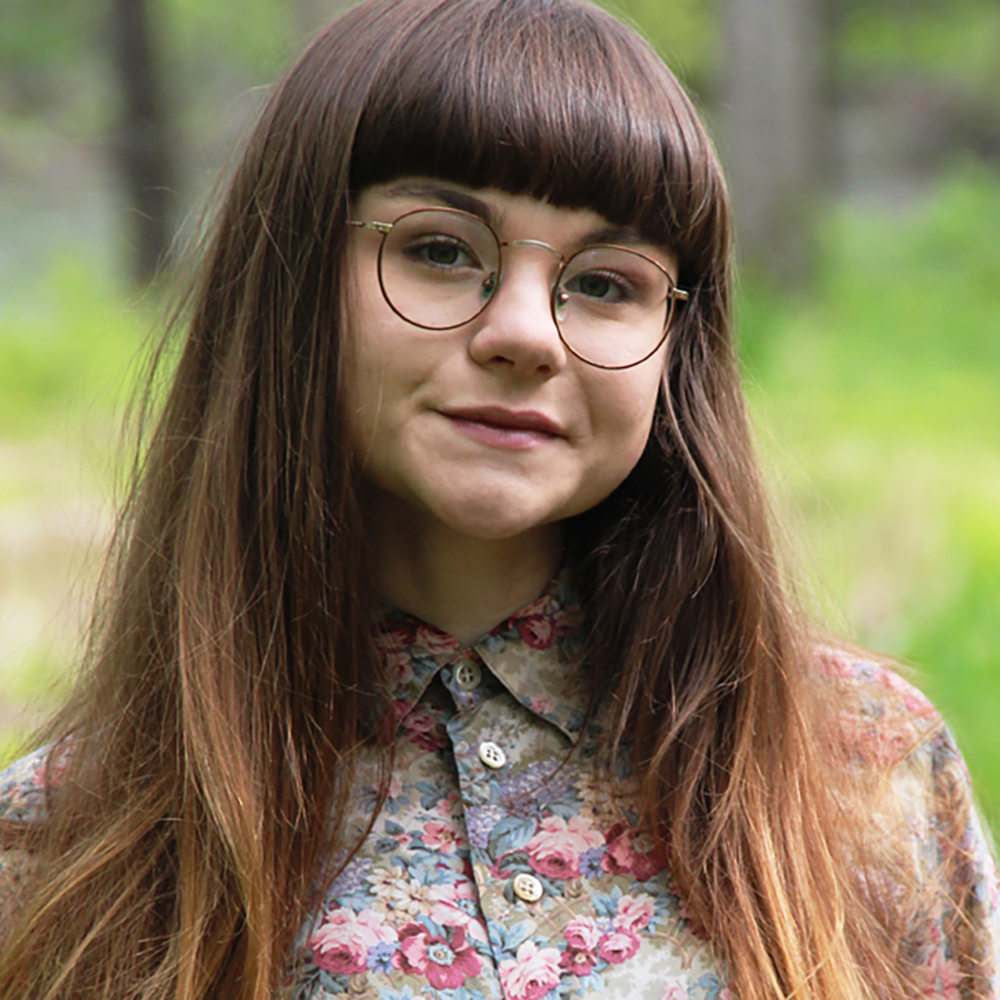Bio:
Graduating as an IMM major with a minor in Graphic Design, Rachel has skills throughout front-end web development and across the Adobe Suites with an understanding of backend functionality and experience using github in a team environment. Her life’s passion is all things plants and it has been since her senior year of high school. While her portfolio certainly reflects this, her eye for design is universal. Rachel has collaborative experience working with Nashville startup Please Assist Me as a UX/UI designer and also the sole graphic designer working directly with the company owner.
PROJECT OVERVIEW:
The heart of Phytosophy is self-sufficient herbalism—coined by Lucy Jones of Myrobalan Clinic, whose book you can find here—the practice of self-sourcing herbs through cultivation or mindful wildcrafting. This foraging and herbalism database was created to collaboratively spread knowledge by giving plant people an opportunity to share what they’ve learned through working with plants and reading published texts. Phytosophy is not meant to give medical advice but to highlight the incredible powers of certain plants, fungi, lichens. The personalized nature of herbal medicine and the nuances of our bodies’ millennia-old relationship with herbs requires a strong understanding of the human body; a database could never equate to the knowledge of a trained herbalist, including this one.
Personal inspiration/interest:
Since the coronavirus pandemic, I’ve noticed a significant increase in “survivalist” skills being promoted across the internet and a general interest spike in gathering and growing your own food and making your own medicine. This ultimately has made me really happy to see, even if the heart of it isn’t for the love of plants. The more people who forage useful invasive species like garlic mustard or japanese knotweed, the more space native plants have to grow. The more people who care about the right things, the more protection plants will get.
That being said, there has been an immense lack of information for people with no prior experience. Online seed stores were sold out by people mass-ordering seeds, more than they could never possibly grow in one season, because they didn’t have information on how to save seeds each year from their own plants (which is cheaper, ensures the seeds are fresh, and most importantly, allows for others to also purchase seeds). More than that, some people are seeing the public’s newfound desire to know more about medicinal plants and are attempting to profit off the fear caused by COVID-19 by promoting information gathered from a few weeks of experience and/or taken from someone else. Phytosophy is not interested in making profit, only in spreading the correct knowledge. Now more than ever, this database is a genuinely important resource.
Did you collaborate with others? How?
Phytosophy was a collaborative effort with my dad, a skilled backend developer with little front-end experience. Working with him has been a learning experience in a couple ways: firstly, it gave me insight into the development process as a team working with github and npm. I became practiced with utilizing the command line to push/pull changes and work with CLIs. Programming logic doesn’t come particularly naturally to me like it does for my dad and developing this site was a frustrating but incredibly informative experience. Secondly, it helped to confirm that I’d rather not spend my career as a developer—what I enjoy doing the most is site design, UX/UI, and bringing wireframes to life using HTML and CSS with some JS implementation. Now that I have a somewhat firm understanding of backend functionality, I understand what’s possible and what isn’t as well as how much effort it takes to program proposed functionality. Phytosophy was built using React Native, CSS Grid, and Flexbox.
How you adapted to COVID situation?
Fortunately my thesis project wasn’t very affected by the coronavirus pandemic. The only alteration I made was deciding not to create a printed field guide (some of the illustrations I created fall semester are instead included on the about page).
What do you want to do with this, after this?
My intention has always been to continue building Phytosophy after graduation. Considering this (and the fact that my major is, y’know, technology), my focus while finishing my last semester has been dedicated to the design and development of the site over writing content. While I’m proud of how the site looks, the Phytosophy database itself is nowhere near where I would like it to be—for now.
